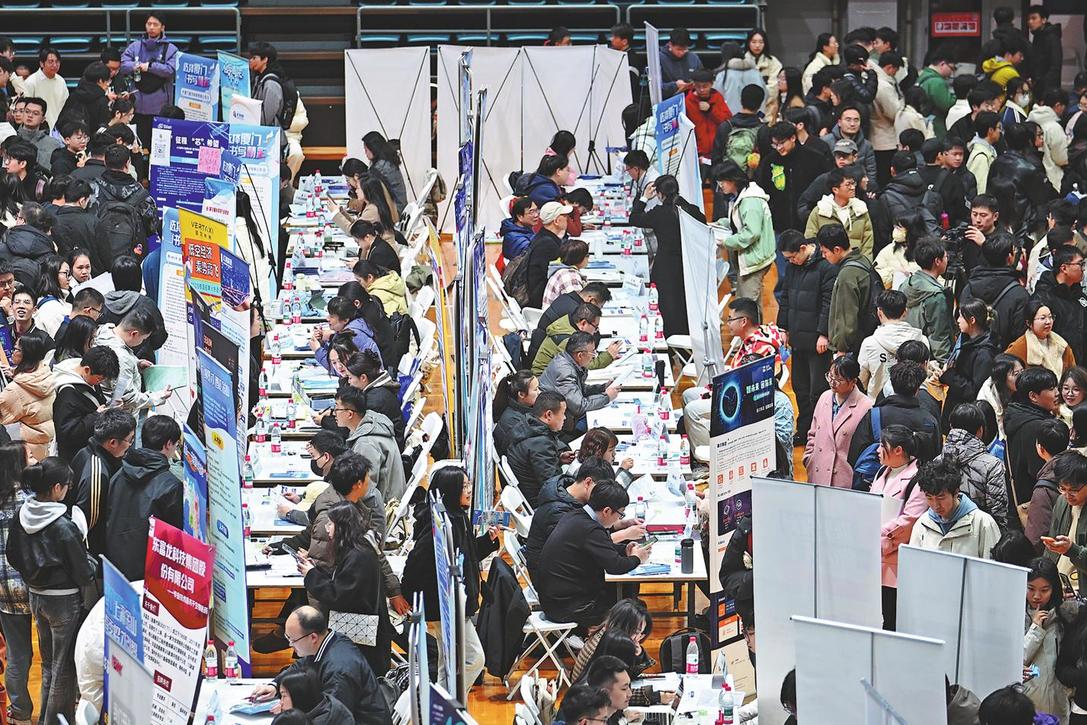Chronicles etched in time
By Wang Kaihao | China Daily | Updated: 2018-01-16 07:33

However, they are also facing the problem of how to attract more specialists.
"Studying oracle bone inscriptions has almost become a dying art," he says.
Song recalls he often worked with 20 other scholars during projects in the 1980s. In a recent research project in Shandong, he only had three academics join him.
"Scholars switched to other fields," Zhao says. "It's easier to make a major breakthrough by studying bamboo slips or books made of silk."
Introduced centuries after oracle bones, bamboo slips and silk books were major forms of recorded media in ancient China.
And, there are also some key overseas institutions that have collections of oracle bones, including the British Library and the State Hermitage Museum in Russia. Many bones were taken abroad by Western missionaries.
Song recently finished cataloging oracle bones at the State Hermitage Museum, and one of his students also had a project in London studying a collection amassed by noted British Sinologist Lionel Charles Hopkins (1854-1952).
























